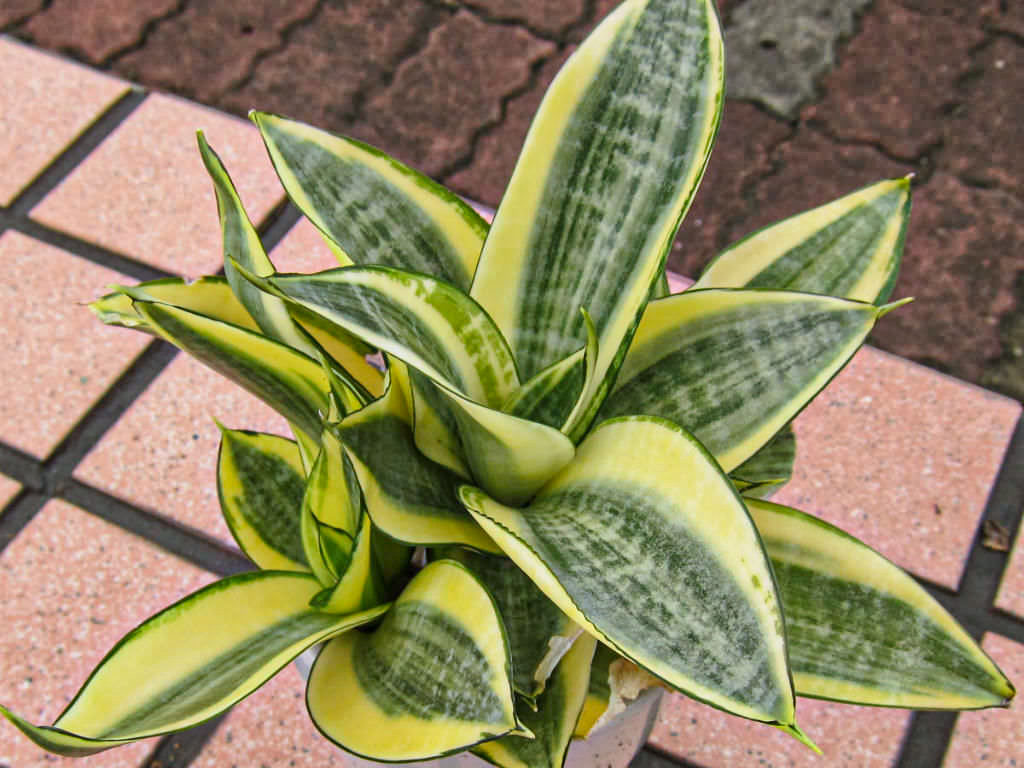
Thin green sprouts of garlic pushed through a thick layer of straw in the fall persisting into early winter, as a cold rain soaks the outdoor garden.
Cold frames lids are opened and other season extenders are temporarily removed for the day to let the cool weather crops soak in the moisture.
There’s even a perennial hellebore, called the Christmas Rose (H. niger) preparing to bloom.
It’s all in an effort to keep something going out in the garden during these short, cold and gray days.
Every gardener feels differently about their winter break. Some relish it as a time for renewal, while others start to get the itch when the snow flies and some of us just want to keep on gardening every day of the year.
It’s the indoor garden that comes into focus now. Growing things inside keeps us sane.
Not since the 1970s have houseplants been so popular. Although not usually displayed in macramé hangers anymore, they are easy to grow and new colorful varieties put on a great show.
When my wife complains about plants near every window in the house, I remind her how they produce oxygen, but also clean the air of toxins. It’s a great excuse to squeeze one more pot onto the plant table.
There’s really only two ways to kill houseplants. Complete neglect, but more often we do it with kindness. Too much water and/or fertilizer. When it comes to watering, simply pushing a finger down into the soil will reveal the moisture level.
Keep the plants on the dry side, and don’t fertilize until mid-February at the earliest. The longer days allow the plants to use the nutrients.
A good, liquid organic fertilizer will help them thrive when the time is right, applied every few weeks.
One job that’s often overlooked it making sure the leaves of the plants are clean. Dusty leaves block sunlight and slow down the photosynthesis process. A damp paper towel, gently run over the foliage will do the trick.
Local nurseries are filled with interesting varieties, some of my favorites include Chinese evergreens, uniquely colored philodendrons and sansevieria. The former is best known as the snake plant or mother-in-law’s tongue, but there are many different and cool look cultivars.
I have a special place in my heart for S. trifasciata ‘Hahnii’ and S. trifasciata 'Golden Hahnii.'
Both were discovered and patented by the late Sylvan Hahn who is the namesake for Hahn Nursery Garden Center & Greenhouses in Ross Twp., Pa.
It’s always fun to grow something with a local connection.
Little Tasty Sprouts
One of my most rewarding projects during the winter is growing microgreens. Seeds are sown in a container filled with planting mix and harvested as they sprout.
When sprouting in water, food grade seeds are required, but when growing in soil, garden seeds work fine.
I have some special containers which fit perfectly on the windowsill, but any pot will work.
Seeds of radishes have become my favorite, but things like beans, sunflowers, cabbage, broccoli, basil, mizuna, mustard greens, beets and many more will provide fresh, nutritious and tasty greens.
Nothing could be easier. The planting mix is moistened, but not soaking wet. Sprinkle on some seeds, cover with more mix and keep the soil moist until germination. For some seeds, I’ll cover the container with clear plastic after sowing to retain moisture, removing it as they sprout.
The microgreens are ready to harvest in days after germinating and are a great project for kids.
Having more than one container going allows for longer harvests. The first container is planted, then a week or two later another is sowed.
The spouts don’t need any special lighting as they aren’t around long, harvested when only a few inches tall.
They are great in salads on sandwiches, appetizers and good for many other recipes.
Holiday Plantings
Traditional holiday plants like amaryllis, paperwhites and Christmas cactus certainly brighten the indoor garden.
The Christmas cactus isn’t really a cactus and should be treated like any other houseplant when it comes to water and fertilization. They often become an “Easter” or “Thanksgiving” cactus the next season, as they bloom when they are ready. The plant relies on the day length to decide when to flower.
Amaryllis and paperwhite bulbs only need a little moisture to bloom. Everything else they need is in that dry papery orb that’s planted.
Paperwhites produce a strong fragrance, which can either be loved or hated. To me it smells like spring daffodils, but some people can’t stand the heavy aroma.
I was always taught that once they were done blooming, they should be relegated to the compost pile. By accident I found the bulbs will rebloom annually when treated the same way amaryllis are grown for annual blooms.
Once either one finish blooming, remove the flower stalk(s), but leave the foliage. Grow them as houseplants through the summer. They actually love to be out in the shade during the warm season.
Around August stop watering and fertilizing, putting the plant into dormancy. The leaves will slowly discolor, as they do, adding nutrients to the bulb below. When the foliage has turned brown it can be removed.
In six or eight weeks, start lightly watering them to wake up the plant. If the bulb has stored enough energy, it will bloom. If not, all that will be produced is foliage. In that case, repeat the same instructions and hope for blooms the next year.
Winter Planning
This is also the time to take stock of what seeds are left over from last season, or past years. Mine are organized by the when they are sowed. There’s a bag of inside started seeds, early outside sowers and late planted, direct sowed seeds.
Checking out what’s still viable is easy. Just take about 10 seeds, put them in a wet paper towel and then into a resealable plastic bag. Put the bag somewhere that it’s not forgotten and check how many seeds have sprouted in a week or two. If it’s higher than 50 percent, then they are fine to plant.
Getting your seeds in order now, will let you know what should be ordered for the spring garden.
One word of advice, order early, gardening sales have been through the roof during the pandemic.
Nothing can compare to joy felt in the outdoor garden, but growing things inside will bridge the gap until the daffodils begin to bloom, announcing the arrival of spring.
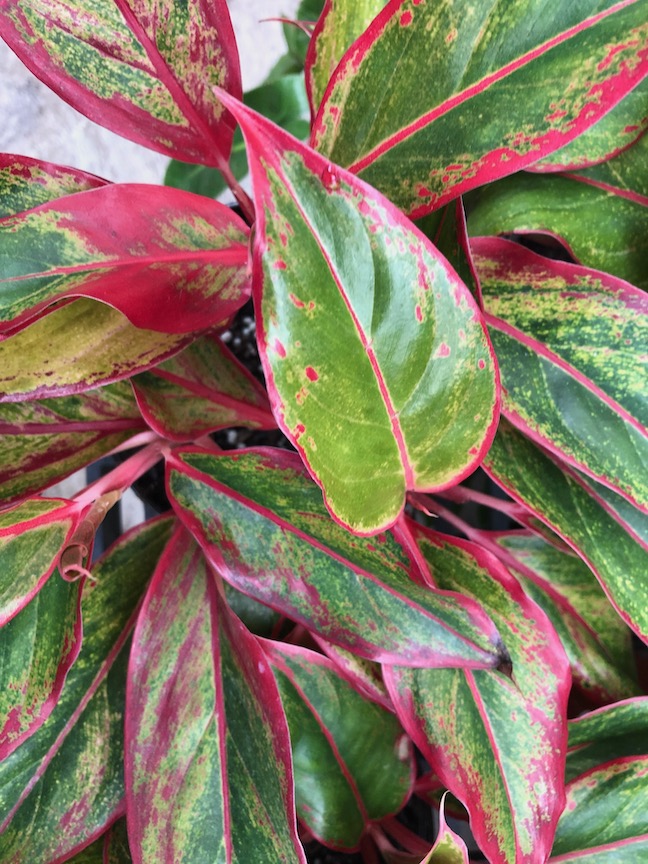
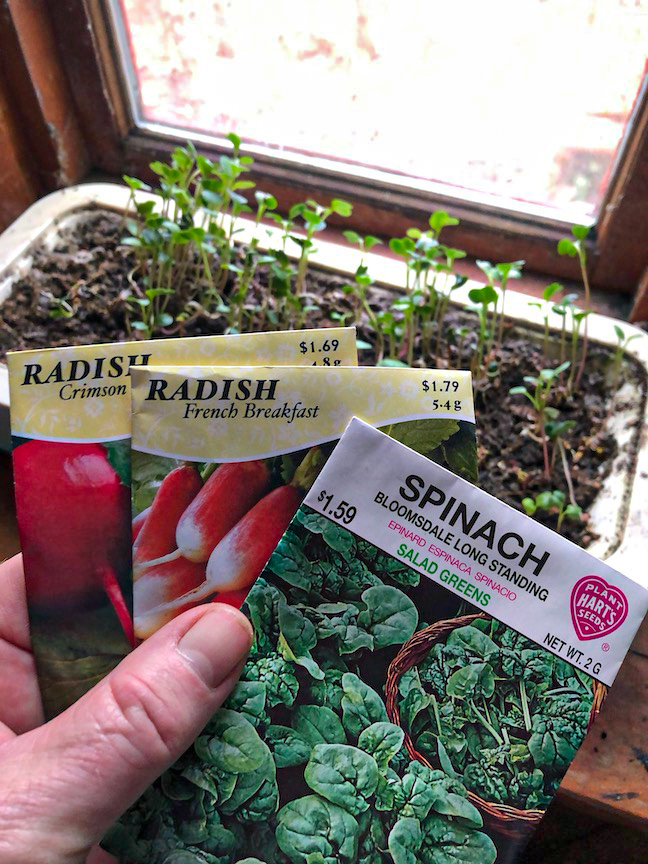
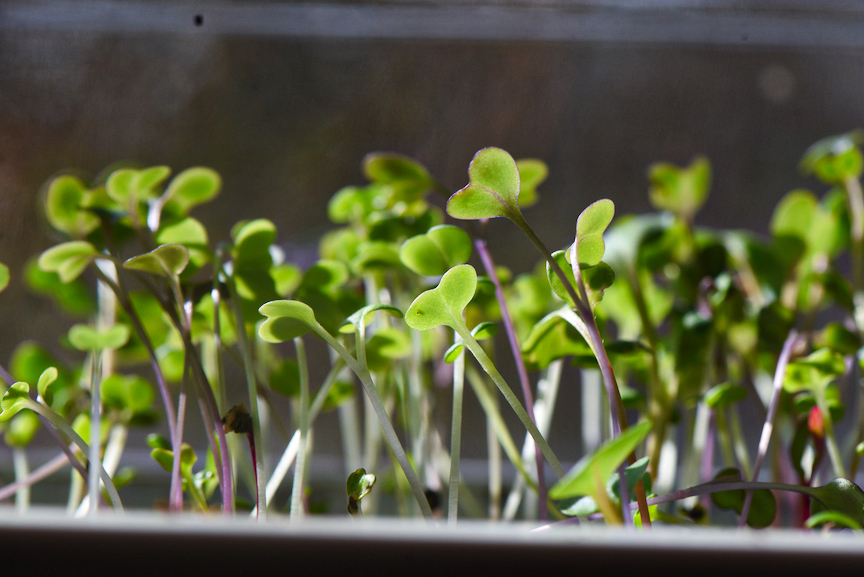
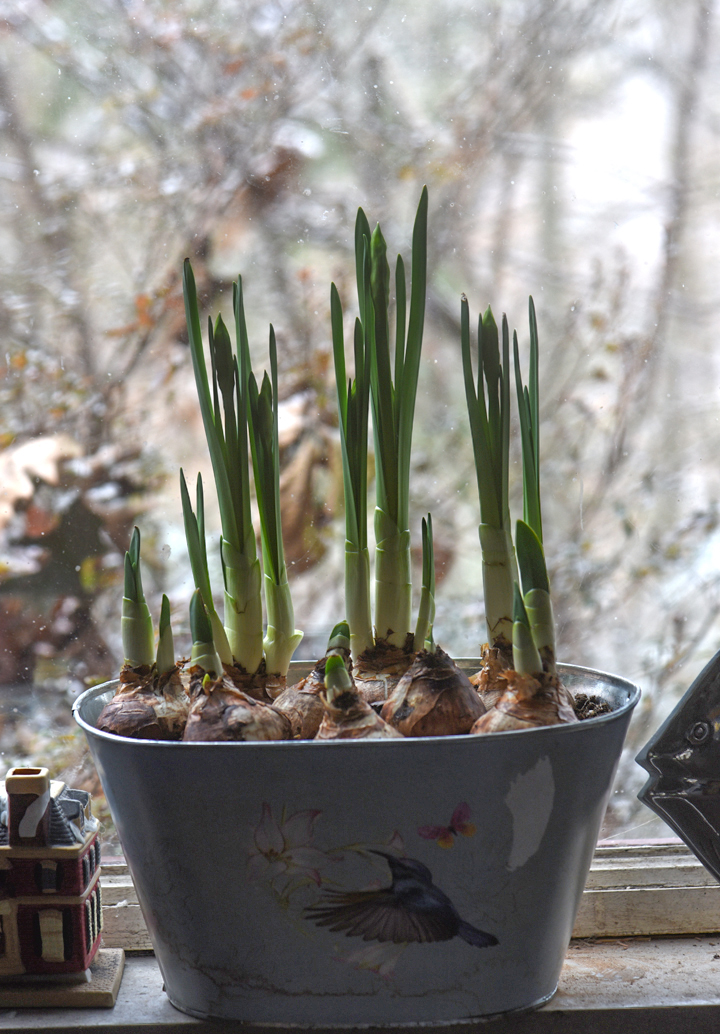
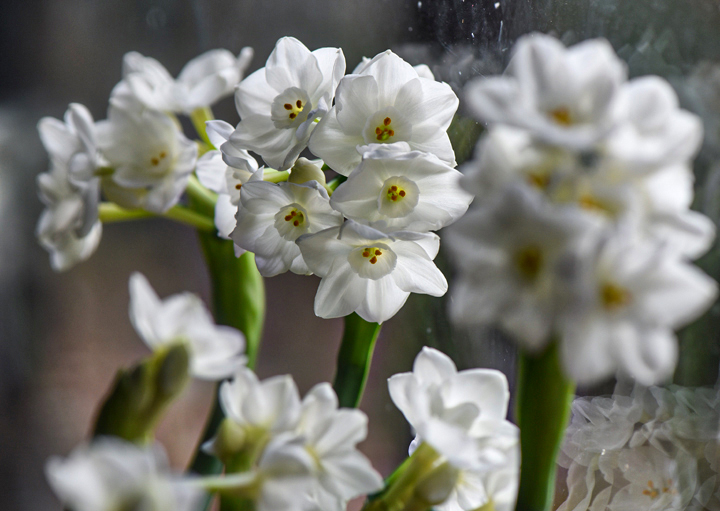
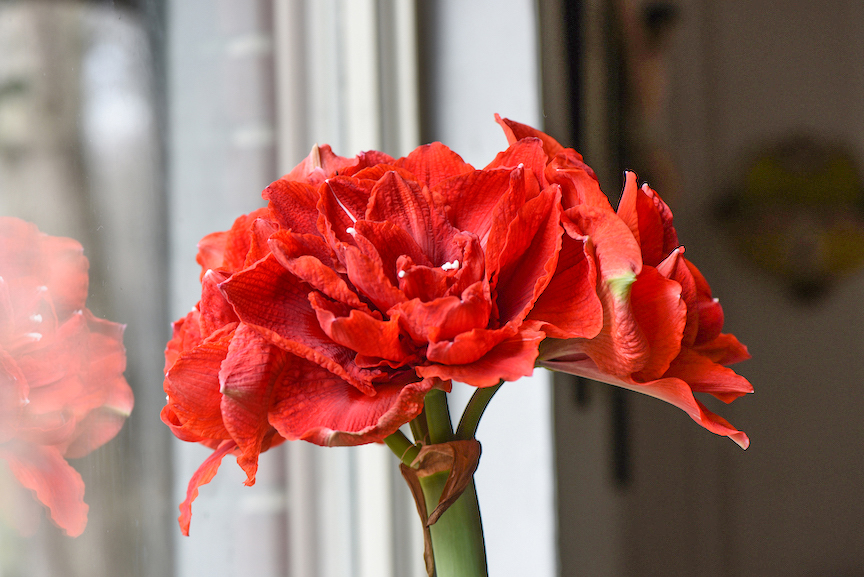

Leave A Comment